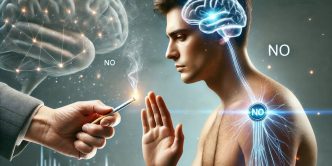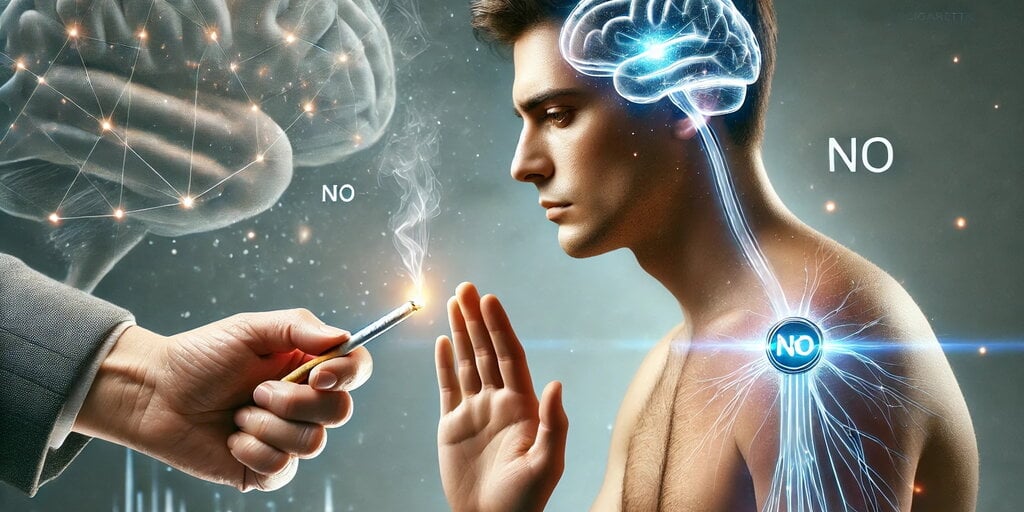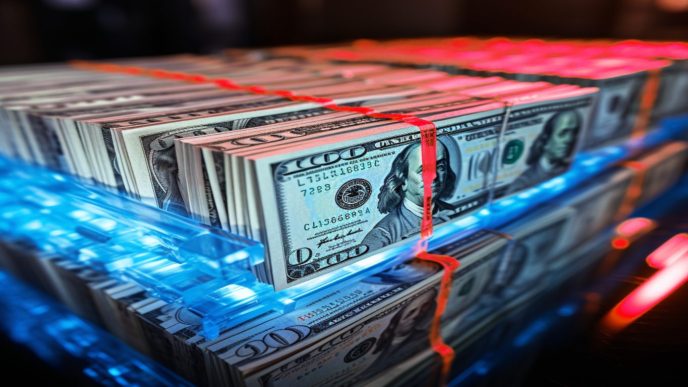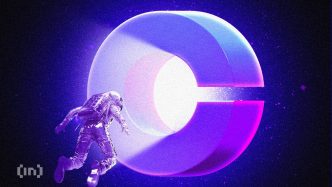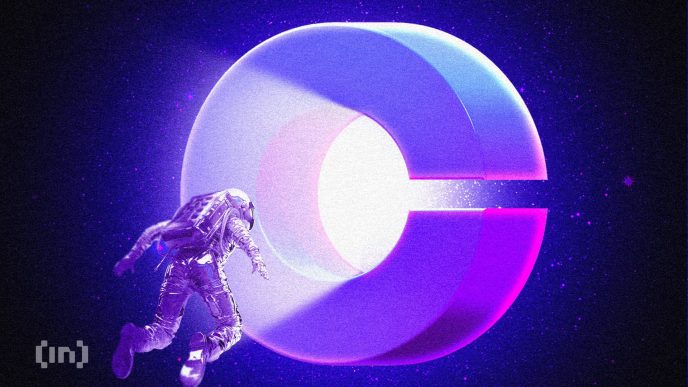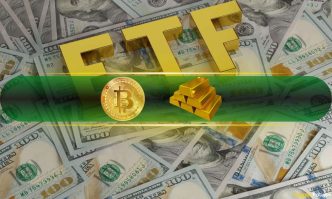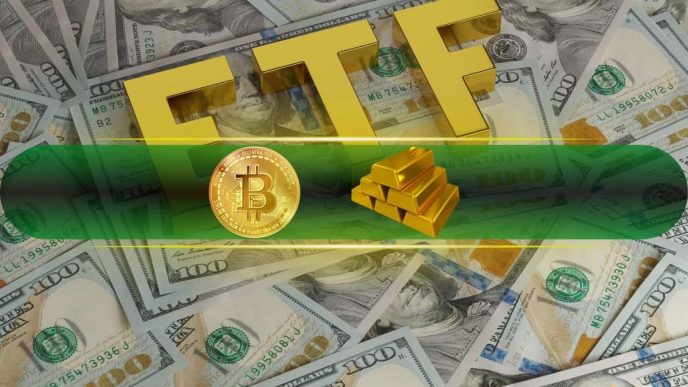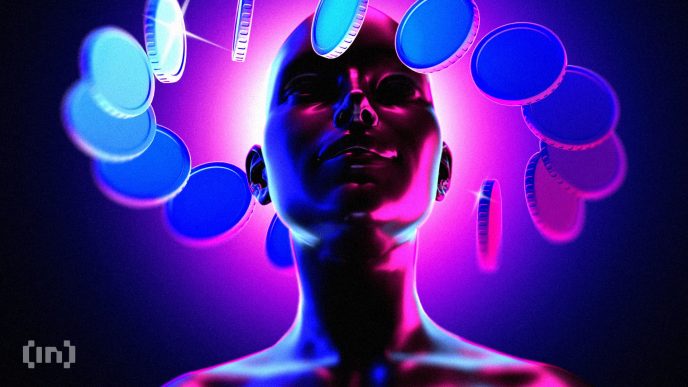Recent technological advances have raised hopes addiction could one day be treatable using sophisticated mechanical devices.
Dubbed “deep brain-machine interfaces,” the devices are implanted inside the brain, capable of decoding mental activity—and more surprisingly, altering it.
The technique differs from conventional brain-machine interfaces, which focus on decoding signals from the cerebral cortex—the brain’s outer layer, according to a paper published in Translational Psychiatry.
By implanting the devices in parts of the brain associated with addiction, scientists may be able to suppress binging, craving, and withdrawal behaviors more effectively than existing pharmaceutical and behavioral treatments.
It functions by “facilitating efficient interactions between external devices and deep brain structures, thereby enabling the meticulous monitoring and precise modulation of neural activity in these regions,” according to the paper’s authors, a group of scientists from Wuhan, China. “This pioneering paradigm holds significant promise for revolutionizing the treatment landscape of addictive disorders.”
Once seen as a character flaw or moral weakness, addiction is now viewed by many experts as a medical condition arising not only from social factors and personal choices but also from alterations in the brain.
This shift has been accompanied by an increased reliance on anti-addiction drugs like methadone, buprenorphine, and naltrexone, which are commonly prescribed for opioid use disorder, along with the continued use of behavioral therapy.
However, existing treatments have had limited success, and researchers have begun studying more experimental approaches like deep brain stimulation, which involves sending electrical impulses into the brain through electrodes.
Although some studies have produced promising results, the approach is limited because the intensity, frequency, and duration of the electrical signals often cannot be adjusted. The Wuhan scientists believe a more practical approach would be to create deep brain-machine interfaces that can be customized to the changing needs of each patient in real-time.
“Brain function and disease states are intrinsically dynamic, and the utilization of nonspecific stimulation patterns can engender the development of ‘tolerance’ phenomena, thereby diminishing the effectiveness of modulation and potentially disrupting the normal functions of targeted brain structures,” they write.
Scientists are already on their way to making devices that can overcome these issues, Dr. Nolan Williams, an associate professor of Psychiatry and Behavioral Sciences at Stanford University, told Decrypt.
“Think about the telegraph,” he said. “A telegraph went from effectively on and off signals to the full-blown ability to send people pictures and AI and all the crap we can do now in a hundred years.”
The key is to continue refining our ability to “read” specific brain processes and “write” into the brain by stimulating it and changing it, Williams added. While the technology already exists, it must be further refined before it can be genuinely effective—though how soon it will be used to treat patients remains an open question.
“We don’t have any FDA approval or pivotal trials for the read function in addiction, the write function in addiction, and certainly not this combo of read and write,” Williams said. “What we have is small case reports and case series of a handful of patients with various technologies that have signaled that this is something that could be helpful.”
In the long term, he is confident deep brain-computer interfaces will be commonly used to treat addiction and depression.
“Is BCI going to be something that we’re going to use for neuropsychiatric illness as a treatment game plan? One-hundred-and-fifty percent,” Williams said. “That’s gonna happen over the next 50 years. It’s just an issue of the timing and who goes after what first.”
In a best-case scenario, deep brain-machine interface treatment for addiction will hit the market in as little as 10 years, Williams added.
Edited by Sebastian Sinclair
Generally Intelligent Newsletter
A weekly AI journey narrated by Gen, a generative AI model.
Source link
Peter Saalfield
https://decrypt.co/288161/can-brain-machine-interfaces-turn-tide-addiction
2024-10-27 17:04:03

